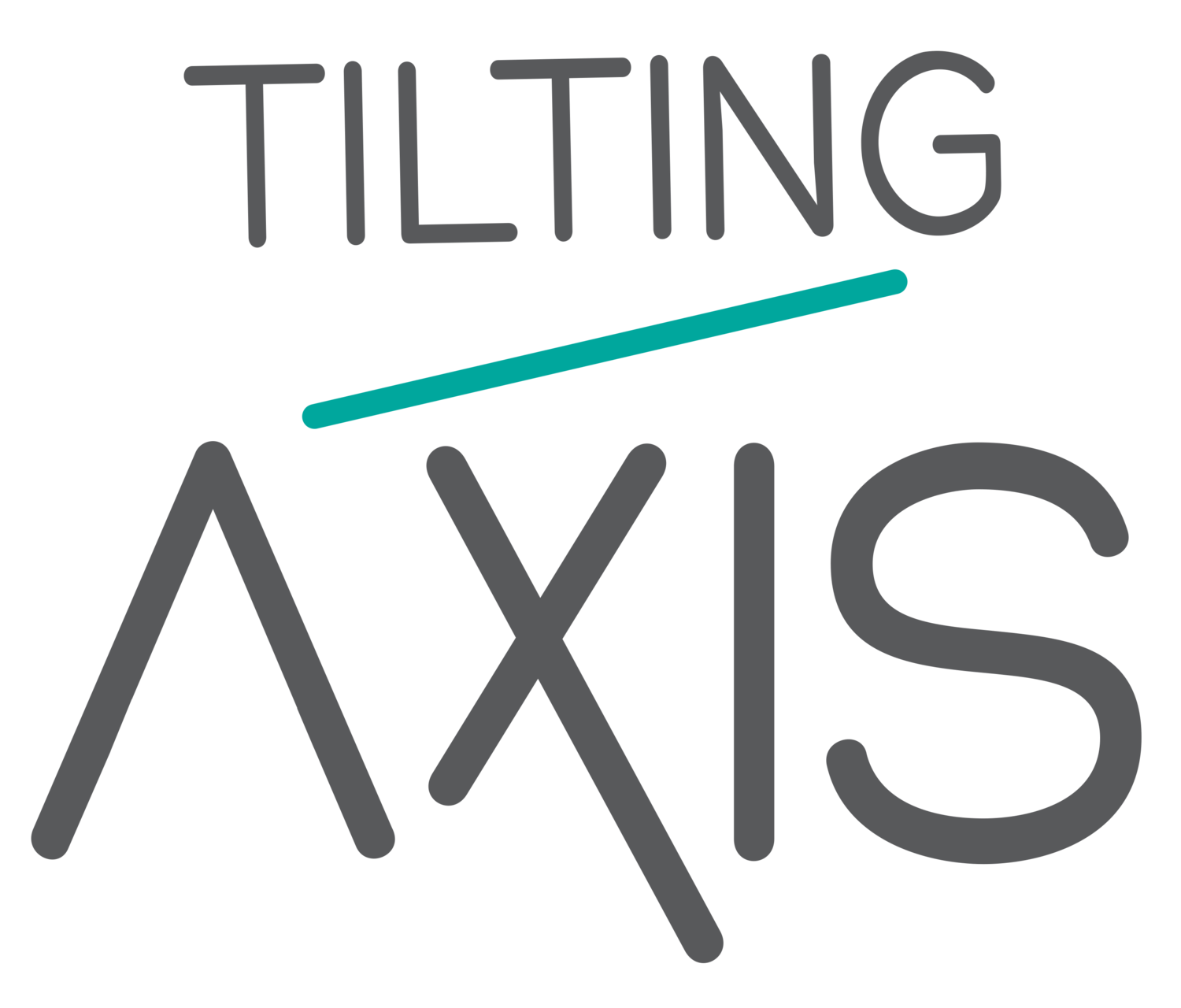“In fact, the beauty of the first Tilting Axis conference was the strong presence of grassroots organisations that are already driven to reshape the role and perception of artists and art in their local communities. In this respect alone, the conference proved to be a very good start to what will hopefully be a sea change.”
As what Barbados calls a “returning national”, I have been fortunate to find and befriend several fellow artists in a relatively short period of time—less than two years; a feat because when I first arrived on the island I was naïve and quickly grew disillusioned by what I felt was a collective indifference to new ways of approaching and appreciating art outside of the scenic and colonial-inspired work I’d encountered in several galleries and at local fairs. The conception of Tilting Axis with its line up of international art players, and before it Fresh Milk with its diverse artist alumni, was a welcome shattering of what was perhaps a rush to judgment. I signed on to attend Tilting Axis because I was and continue to be open to new ways of engaging with the Caribbean art world as an artist, a supporter and an observer.
My expectations of Tilting Axis, however, were different than what was actually presented and implemented during the two-day conference. What I anticipated was a full-on engagement with curators, art administrators and fellow artists about how we all can move forward to strengthen regional support of art and increase the Caribbean’s presence on the world stage. We all have ideas about how this should be done and, of course, communication and coming together as a collective is key to enacting such a global shift. While this partially came to fruition at Tilting Axis, I was surprised and a little dismayed to find that there were so few artists actually present. I also felt a bit pressured to be a spokesperson for the artist experience in Barbados, which I was and am completely unqualified to do as someone who not only recently got back to the island, but also as a self-funded artist who has not sought local or, indeed, international financial support to continue my practice. My lack of experience as a genuine local artist, who I define as someone who has had active engagement with several of Barbados’ arts organisations and communities and can read the response of Barbados’ population to art produced here over several years, placed me at a severe disadvantage when it came to contributing to discussions focused on specific needs of the island and the region at large.
. . . the second iteration of Tilting Axis needs to not only invite more artists, but also be sensitive to artists as co-partners and co-creators in shifting perceptions of the region.
I also freely admit to feeling entirely lost in the many discussions that centered on art organisation best practices, where surprisingly, little of what artists might actually want from these residencies and organisations was addressed. In this sense, I feel this first iteration of Tilting Axis was an arts administration conference, rather than one that sought to unite artists with the curators and artist residency administrators to better define and address the needs of the artists who do want to breakout into the larger art world without necessarily abandoning their home country. In fact, the lack of a strong regional artist presence to sometimes interject and say, “No, we want this,” or “No, this isn’t necessarily helpful or true,” made it easy for some to discuss artists not as co-partners in Tilting Axis’ mission, but rather as commodities to be guided or led in achieving this greater goal. In saying that, I am saying that the second iteration of Tilting Axis needs to not only invite more artists, but also be sensitive to artists as co-partners and co-creators in shifting perceptions of the region.
However, it wasn’t a negative experience for me. I now have a greater empathy for what goes into supporting artists within an arts organisation and I did feel the passion of several participants at the conference to effect change in as many ways as possible, not only to gain a larger global audience, but to also inspire greater support from our local communities for art and artists as professional craftspeople worthy of attention and respect. In fact, the beauty of the first Tilting Axis conference was the strong presence of grassroots organisations that are already driven to reshape the role and perception of artists and art in their local communities. In this respect alone, the conference proved to be a very good start to what will hopefully be a sea change.
Llanor Alleyne, Artist and Writer
Barbados


